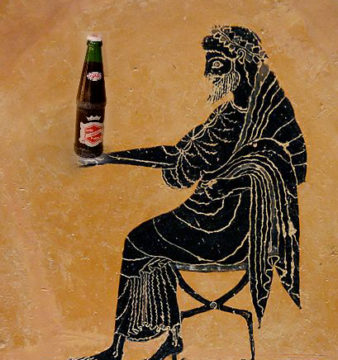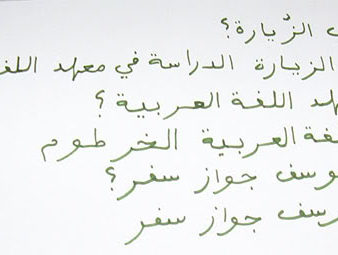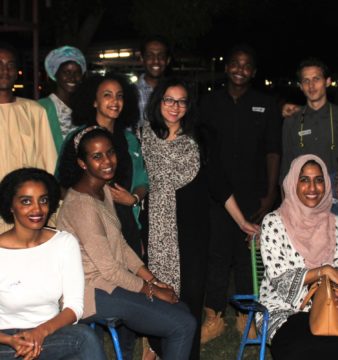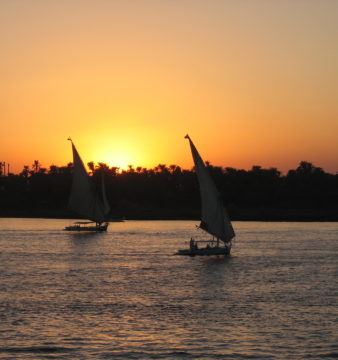Losing Armenia in the capital of Sudan
Every other week Rushaa Hamid looks at groups and people grappling with a Sudanese identity outside of the mainstream, publicised one. This week she focuses on the Armenian-Sudanese and the loss of another member of Sudan’s diverse community.
Recently my thoughts have been drifting to how much longing people outside Sudan can have for the country, in spite of all its abundant flaws. Here there is a certain nostalgia at play – a sense that there was a golden time in Sudan’s history that if only we could return to all would be well.
Perhaps the depth of this love is best captured by a song I stumbled across by Araràd Khatchikian that incorporates Italian, Armenian, and Arabic. He was born in Khartoum in 1955 to an Sudanese-Armenian father and an Italian mother and spent his childhood growing up the capital city; even without understanding the meaning of most of the lyrics you can feel it pulse with affection for time passed.
Like many communities in Sudan, the Armenian community have been around for a long time; one of the first traces of this presence was the 13th century man noted as Abu Salih who wrote an account of Nubia, and by the 17th century they were involved in the trading outposts in Sennar. Though many left in later years after Mahdist attacks, the community itself managed to survive and some of the first groups of the new wave came in the early 20th century following an increasing number of pogroms directed against them, and then the later Armenian genocide of 1915. Subsequent groups joined them in 1956 looking to take advantage of the huge opportunities that independence presented.
Rooting through the ‘Biographical Dictionary of the Sudan’ you find small snippets of their contribution. Artin Arakilian introduced the culture of Turkish tobacco to Sudan and oversaw farms in Gedaref. Arakil bey Al-Armani was an Ottoman governor who instructed his subordinates to improve sanitation on the river front in Khartoum, and helped develop a healthier city. In more modern times we also have Ibrahim Khan (born Ibrahim Iskhanian) an actor with an Armenian-Sudanese father and Armenian-Egyptian mother who was born in 1936 and had many roles in Egyptian cinema, as well as occasionally turning up in Western B-Movies such as Dawn of the Mummy (1981) playing the same 2D roles you get in today’s films of the strange Arab.
However, in spite of this rich history many of the Armenian-Sudanese community have moved on to other lands – St. Gregory’s Church, which at it’s peak had a congregation of 2000, now has only around 50 people and was a focus of the 2009 Time article ‘Keeping Armenia Alive in the Capital of Sudan’. Due to the low population moments like the kindergarten graduation from the Armenian School in Khartoum are solidly in the past. Even the sparse Wikipedia page for Armenians in Sudan contains a uncharacteristically informal sentence that speaks of this flight; “Many that left Sudan, wished the country was in a better state so that they could go back to the simple life and enjoy the kind, down to earth Sudana Hyes that once made Sudan their home.”
That is the thing about nostalgia; you spend time chasing a past that’s always lost.
 Rushaa is a (sort of) Sudanese writer whose work appeared in The Independent, BuzzFeed and Dazed. She can be found on Twitter or at her website.
Rushaa is a (sort of) Sudanese writer whose work appeared in The Independent, BuzzFeed and Dazed. She can be found on Twitter or at her website.
Featured image source: http://www.crossed-flag-pins.com




